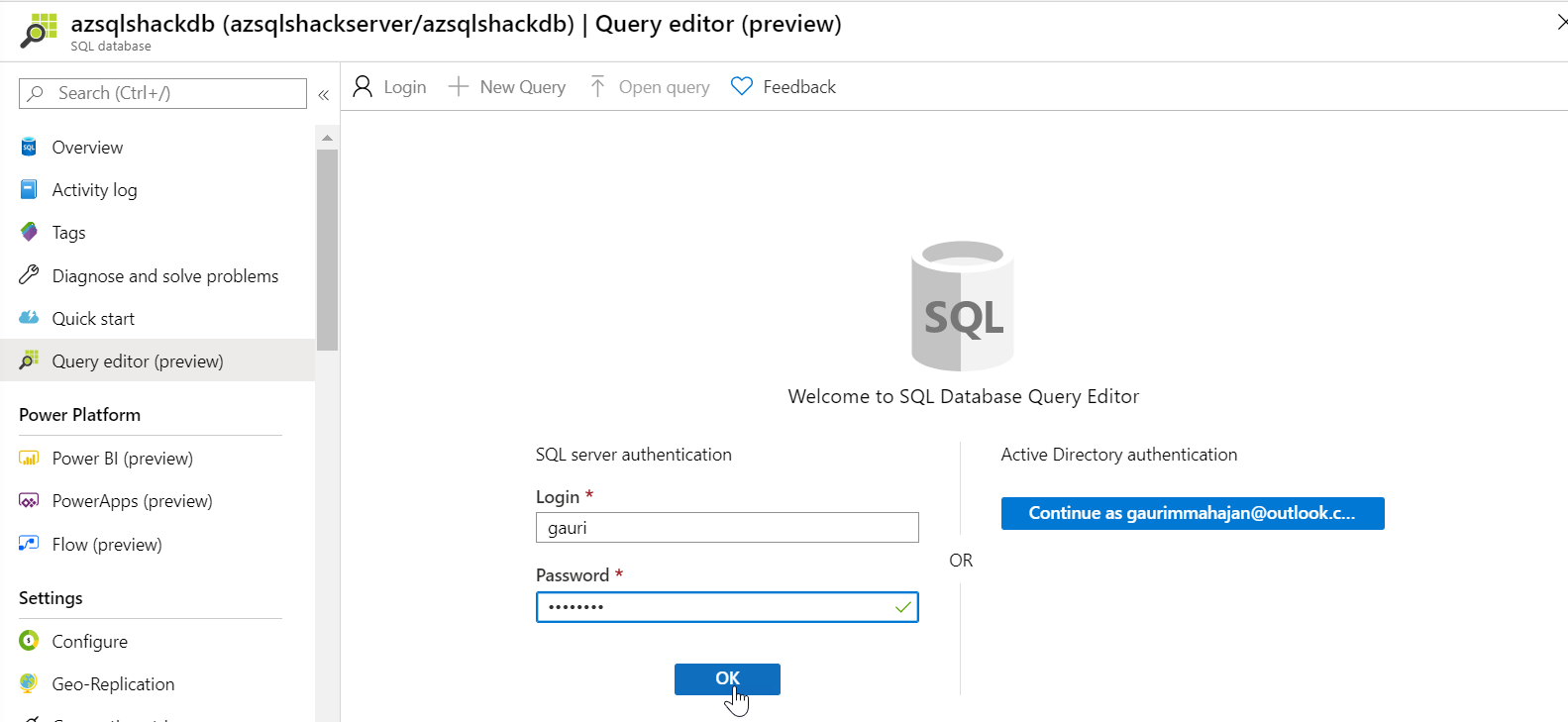
This field can contain alphanumeric characters. There is no practical limit to the length of this field. This field maps to T2 for all reference types except for Whole Book and Unpublished Work references. Subsidiary Authors (each author on its own line preceded by the A4 tag)Īuthor (each author on its own line preceded by the AU tag) Tertiary Authors (each author on its own line preceded by the A3 tag) Secondary Authors (each author on its own line preceded by the A2 tag) Primary Authors (each author on its own line preceded by the A1 tag) Type of reference (must be the first tag)
#Load information into bibdesk free
Except for TY - and ER -, order of tags is free and their inclusion is optional. Below is an excerpt of the main RIS tags, from both versions. The second version, introduced near the end of 2011 has different lists of tags for each type of record, sometimes with different meanings. There are two major versions of the RIS specification. T1 - On computable numbers, with an application to the Entscheidungsproblem Note the first record ends with ER - and the second record begins with TY - JOUR: This is an example of how two citation records would be expressed in a single RIS file.

TI - A Mathematical Theory of Communication Bell System Technical Journal, 27:379–423, July 1948" would be expressed in the RIS file format:

This is an example of how the article "Claude E. A record ends with an "end record" tag ER - with no additional blank lines between records. Multiple citation records can be present in a single RIS file.

Note that this is the convention on Microsoft Windows, while in other contemporary operating systems, particularly Unix, the end of line is typically marked by line feed only. According to the specifications, the lines must end with the ASCII carriage return and line feed characters. The RIS file format-two letters, two spaces and a hyphen-is a tagged format for expressing bibliographic citations.


 0 kommentar(er)
0 kommentar(er)
